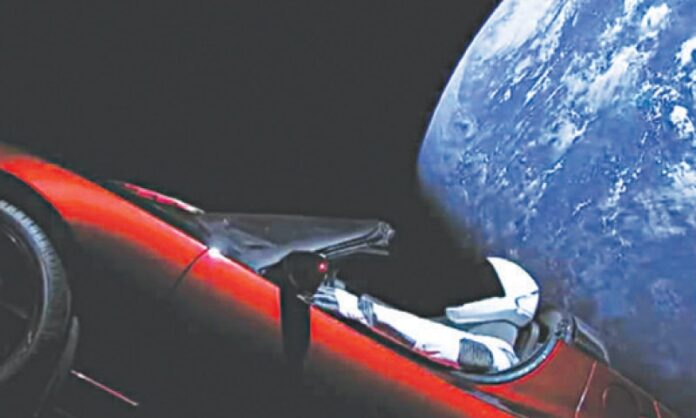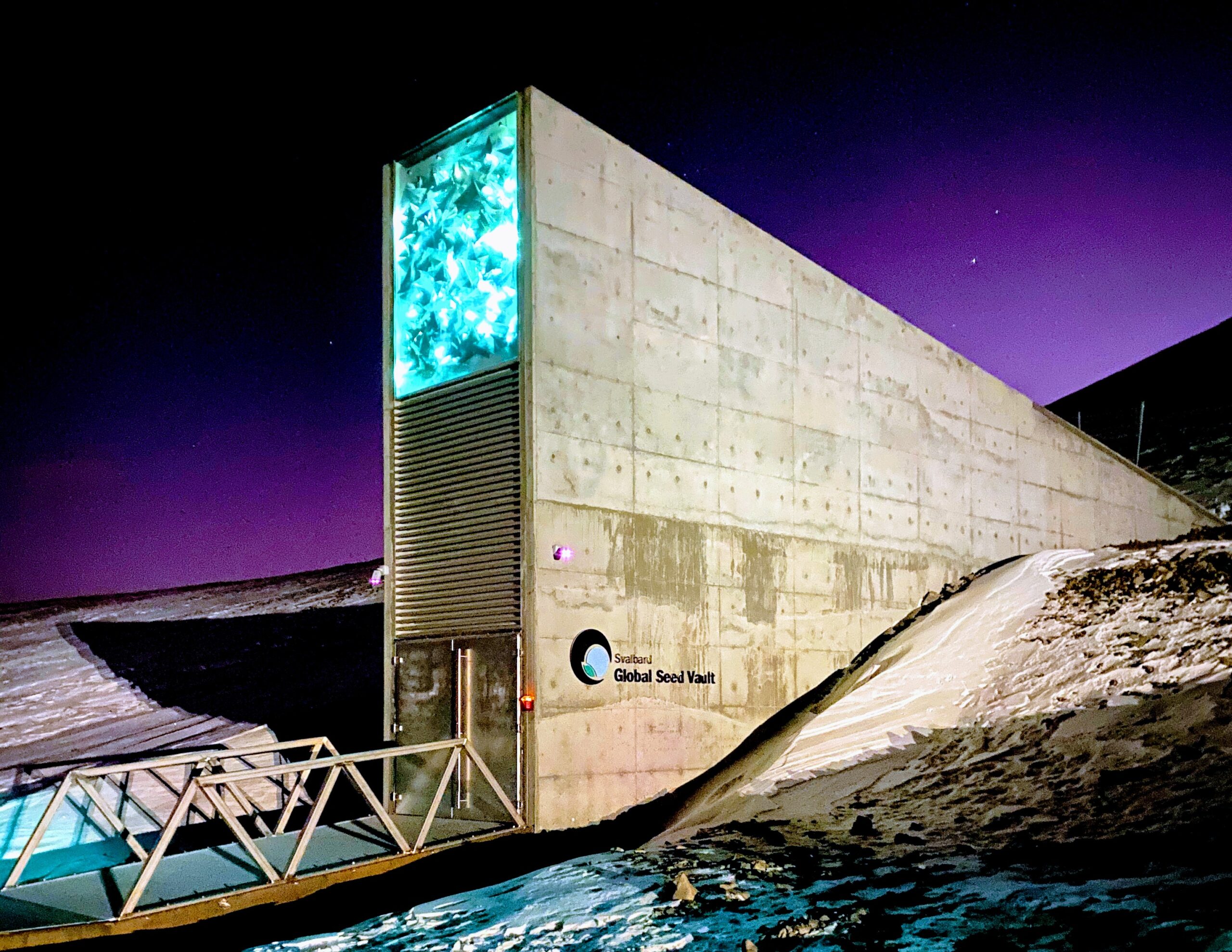Embarking on the exploration of space has not been limited to traditional scientific instruments. Over the years, scientists and space agencies have launched an array of peculiar items and living organisms into the cosmos, aiming to unravel the mysteries of the universe. This article takes a captivating journey through the unusual cargo that has ventured beyond Earth’s atmosphere in the name of scientific inquiry.
1. Slime in Microgravity: A Nickelodeon Experiment
In an unprecedented venture blending entertainment with scientific curiosity, Nickelodeon, the renowned children’s network, orchestrated a peculiar experiment aboard the International Space Station in 2020. Approximately two liters of Nickelodeon’s iconic green goo, known as slime, embarked on a celestial journey with astronauts as both participants and observers. The mission aimed to unravel the mysteries of how this non-Newtonian fluid behaves in the absence of Earth’s gravity.
Beyond its playful and visually engaging nature, the slime experiment held serious scientific implications. The unique properties of slime, defying conventional fluid dynamics, provided scientists with an opportunity to explore the behavior of liquids in microgravity. The experiments conducted by astronauts included activities like tossing slime-filled balloons and creating slime bubbles, all within the confined environment of the space station.
2. Tissue Chips: Mimicking Human Organs in Space
One of the most groundbreaking endeavors in space research involves the deployment of tissue chips – intricate bioengineered devices designed to replicate the structure and function of human organs. Launched into space for the first time in 2018, these minuscule, three-dimensional matrices contain actual human cells, emulating organs like the heart, lungs, and kidneys. This innovative approach enables scientists to delve into the intricate interplay between drugs, diseases, and the human body under the unique conditions of microgravity.
The significance of tissue chips lies in their potential to unravel the long-term effects of space travel on human health. By closely simulating the complexity of human organs, these devices provide a platform for studying how microgravity influences drug responses and disease progression. The controlled environment of space offers a distinctive setting to conduct experiments that would be impossible on Earth.
3. Jellyfish in Orbit: Weightlessness and Development
3. Jellyfish in Orbit: Weightlessness and Development
Jellyfish, those ethereal and often mesmerizing creatures of the sea, embarked on an otherworldly journey into the realms of weightlessness during the early 90s. In a pioneering venture, scientists initiated missions that propelled over 2,000 jellyfish into orbit in 1991, only to witness an extraordinary spectacle unfold. By the mission’s culmination, an astonishing 60,000 jellyfish were navigating space, providing a unique lens into how these gelatinous beings adapt and develop in the absence of Earth’s gravity.
The fundamental objective was to fathom the effects of weightlessness on the intricate life cycle and maturation of jellyfish. The observations from this cosmic experiment unveiled a curious struggle when the space-faring jellyfish returned to terra firma – a battle with extreme vertigo, underscoring the profound impact of altered gravitational conditions on these aquatic marvels.
Beyond the captivating spectacle, this venture into space with jellyfish held broader implications for understanding the fundamental biological processes influenced by gravity. The findings not only enriched our knowledge of marine life but also contributed to the ongoing exploration of how organisms, including humans, respond and adapt to the microgravity environment of space. As we continue to unravel the secrets of our universe, jellyfish in orbit stand as celestial pioneers offering insights into the mysteries of life beyond the confines of our home planet.
4. Salmonella’s Space Journey: Unraveling Microgravity Effects
In 2007, researchers from Arizona State University ventured into space with a sample of Salmonella, a common cause of food poisoning. The objective was to understand how bacteria reacts to zero gravity. Surprisingly, the bacteria became more virulent in space, raising concerns about the potential behavior of harmful microorganisms in future space colonies.
5. Tardigrades: Microscopic Survivors of Open Space
Known as water bears, tardigrades are microscopic creatures with extraordinary resilience. In 2007, scientists subjected these nearly indestructible organisms to the harsh conditions of open space. True to their reputation, tardigrades returned to Earth unscathed, becoming the first animals to survive the vacuum of space. Their ability to endure extreme conditions fuels speculation about life’s adaptability beyond Earth.
6. Spiders and Web-Building in Microgravity
Golden-orb weaver spiders took center stage in a unique experiment to observe how they would orient themselves in a gravity-free environment. Enclosed in a container with controlled conditions, the spiders’ web-building activities were closely monitored. The findings emphasized the crucial role of gravity in guiding spiders’ web-building behavior, shedding light on the intricate relationship between organisms and their environment in space.
7. Reproductive Prowess of Mouse Sperm: A Space Odyssey
In 2013, scientists embarked on a reproductive odyssey by launching freeze-dried samples of mouse sperm into space. Stored aboard the International Space Station for over nine months, the experiment aimed to assess the impact of space conditions on DNA integrity. Astonishingly, the freeze-dried sperm successfully led to the birth of healthy mice pups upon rehydration back on Earth.
8. Medaka Fish: Transparent Insights into Microgravity Effects
The Japanese rice fish, also known as medaka, became a valuable asset for researchers investigating the internal effects of microgravity on marine life. With transparent skin aiding visibility, scientists utilized medaka to study bone density changes caused by microgravity. This research contributes to understanding mechanisms relevant to both space travel and potential treatments for osteoporosis on Earth.
9. Bullfrogs in Orbit: Motion Sickness and Inner Ear Insights
In 1970, NASA orchestrated the “great frog flight” by launching two bullfrogs aboard the Orbiting Frog Otolith spacecraft. The mission aimed to study the impact of space travel on motion sickness, utilizing bullfrogs due to the similarity of their inner ear structure to humans. The successful experiment provided valuable insights into the adaptation of organisms to weightlessness.
As humanity continues to push the boundaries of space exploration, these unconventional experiments underscore the diverse range of questions scientists seek to answer beyond our planet. From the peculiar behavior of organisms in microgravity to the dynamics of non-Newtonian fluids, each mission contributes to expanding our understanding of the cosmos and the potential challenges of space travel.










